Coconut Palm Diseases – Reasons And Fixes For Coconut Wilting
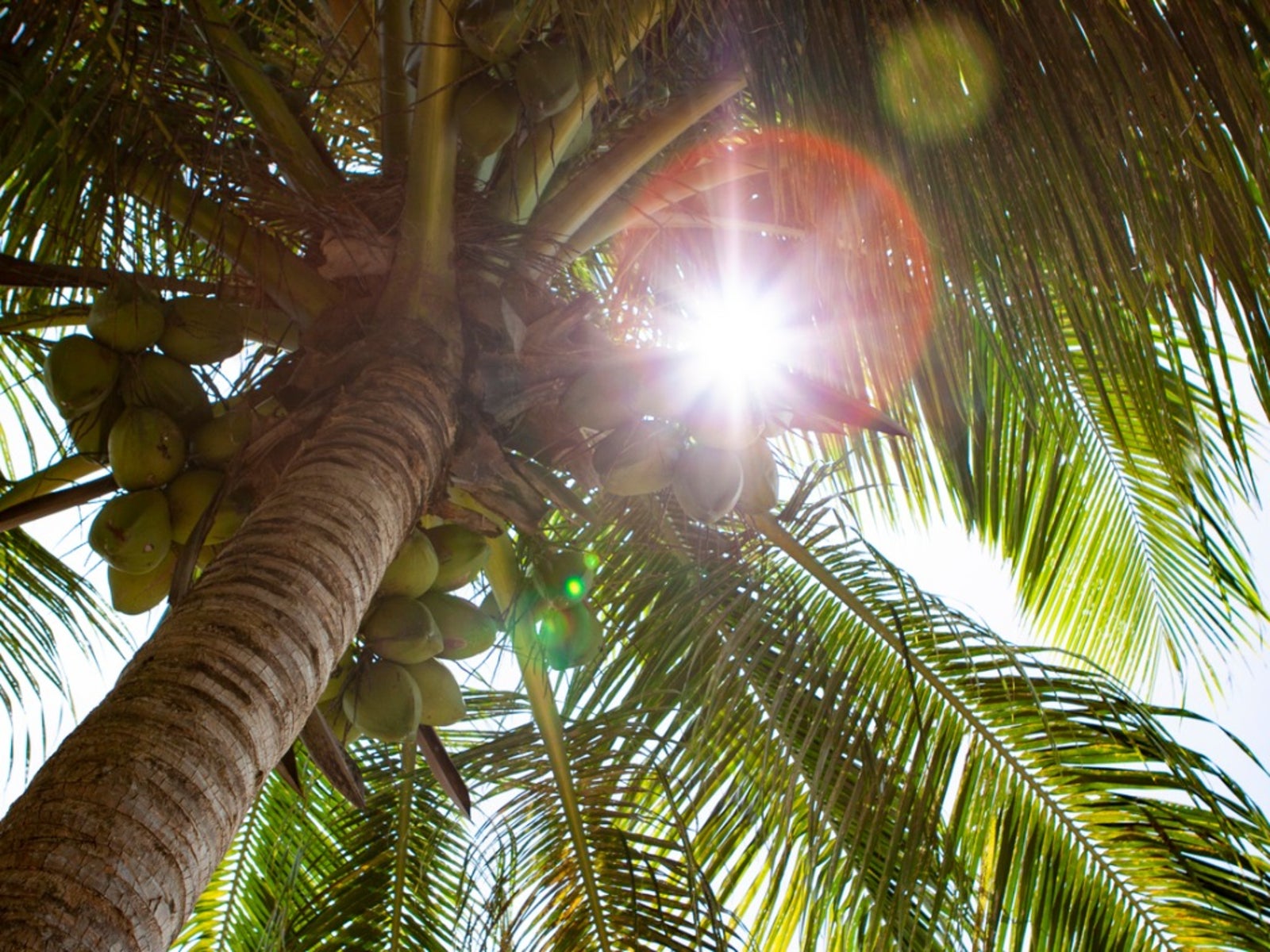
Think coconut trees and immediately warm trade winds, blues skies, and gorgeous sandy beaches come to mind, or at least to my mind. The truth though, is that coconut trees will live anywhere the temperature does not dip below 18 degrees F. (-7 C.), although the chances of some or any fruit lessen in direct correlation to the chilliness of the region. Coconut trees are fairly low maintenance, interesting specimens for the home garden. Even so, they are susceptible to some coconut palm diseases and environmental stresses, such as coconut wilting.
Help, My Coconut Fruit is Wilting!
If you are lucky enough to have a coconut tree in your landscape, you may witness coconut fruit tree wilting. What might be some reasons for a wilting coconut and are there any methods for treating a wilting coconut tree? The first order of business is to figure out why the coconut is wilting. As mentioned, the weather may be a consideration. Not just overly cold temps, but plants -- especially young palms, can get sunburned, which will adversely affect foliage. Arid conditions with low humidity levels will also cause wilting. Provide adequate protection from the fierce sun when the plant is immature and give the palm plenty of water, especially during the growing season. Basically, avoid stressing the palm. Coconut palms that do not get enough nutrients are more susceptible to coconut palm diseases. Use a high-quality, slow-release fertilizer that won’t be washed away with the rain. Fertilize coconut palms during their growth period four to five times per year. To avoid burning the trunk, keep the fertilizer 2 feet (0.5 m.) out from the tree.
Caring for Sick Coconut Trees
There are a number of diseases that may afflict a coconut palm that may cause wilting, but caring for sick coconut trees is not always an option. Sometimes treating a wilting coconut tree means it is best to remove the tree and destroy it. Many fungi and diseases can infect the surrounding area for long periods of time, so it is often better to leave the area to fallow, or remain unplanted, for at least a year.
- Ganoderma butt rot – Ganoderma butt rot causes older fronds to turn yellow, gradually wilting and eventually dying off. This fungus enters the tree through wounds on the trunk often caused by over-enthusiastic pruning or damage from machinery; space trees widely to avoid damaging them with machinery. If the tree is infected with the disease, it is best to fallow the area for at least a year.
- Lethal bole rot – Lethal bole rot is another fungus that also causes yellowing and wilting in the oldest fronds combined with a reddish-brown rot in the bole tissue and eventual destruction of the entire root system. A possible host for this fungus may be some types of grasses, specifically Bermuda grass. Be sure to maintain a clear area surrounding the palm to avoid infection. If the tree is infected, remove it and destroy it, then treat the area.
- Fusarium wilt – Fusarium wilt causes progressive wilt and eventual death of the fronds. Often one side of the tree wilts. Brown streaks can be seen at the base of the petiole with brown vascular tissue. There is much conjecture about how this disease is spread. It is possible that it is through the use of infected pruning tools. Prevention includes proper sanitation and conservative leaf pruning with sanitized tools. Fusarium wilt is a soil-borne pathogen; therefore, there may be spores in the soil. If you have a tree you suspect has succumbed to Fusarium wilt, do not replant a new palm in the infected area.
Palms that are damaged from cold or other mechanical or environmental issues should be treated with copper fungicide to protect them from bacteria and fungi. For further assistance with treating a wilting coconut palm, check with your local Extension office.
Gardening tips, videos, info and more delivered right to your inbox!
Sign up for the Gardening Know How newsletter today and receive a free copy of our e-book "How to Grow Delicious Tomatoes".

Amy Grant has been gardening for 30 years and writing for 15. A professional chef and caterer, Amy's area of expertise is culinary gardening.
-
 12 Lush Alternatives To A Lawn For Sustainable Spaces
12 Lush Alternatives To A Lawn For Sustainable SpacesAlternatives to a lawn are beautiful and also beneficial to your local ecosystem and its pollinators. Explore our top picks for plants to replace grass.
By Tonya Barnett
-
 Types Of Tomatoes Explained: Explore The Many Wonderful Shapes, Colors, Flavors, & Best Uses
Types Of Tomatoes Explained: Explore The Many Wonderful Shapes, Colors, Flavors, & Best UsesThe world of tomato varieties is vast and fascinating. Learn about the key types to grow in your garden, tailored to your preferences and space.
By Amy Grant
-
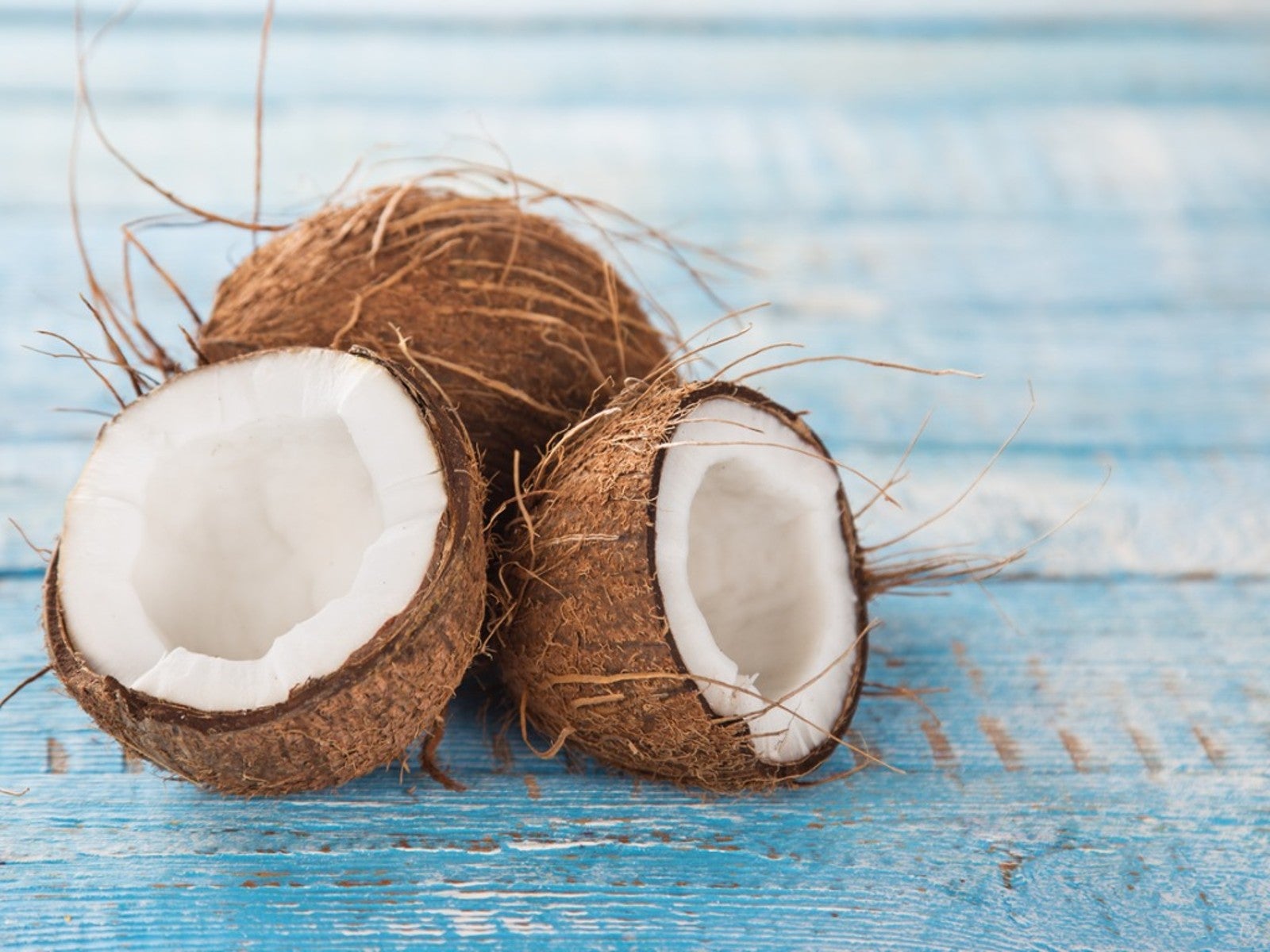 How To Use Coconut In The Garden
How To Use Coconut In The GardenIn the past we wouldn’t have considered using coconut byproducts in our gardens. Now we know it’s a great renewable natural alternative. Read on.
By Bonnie L. Grant
-
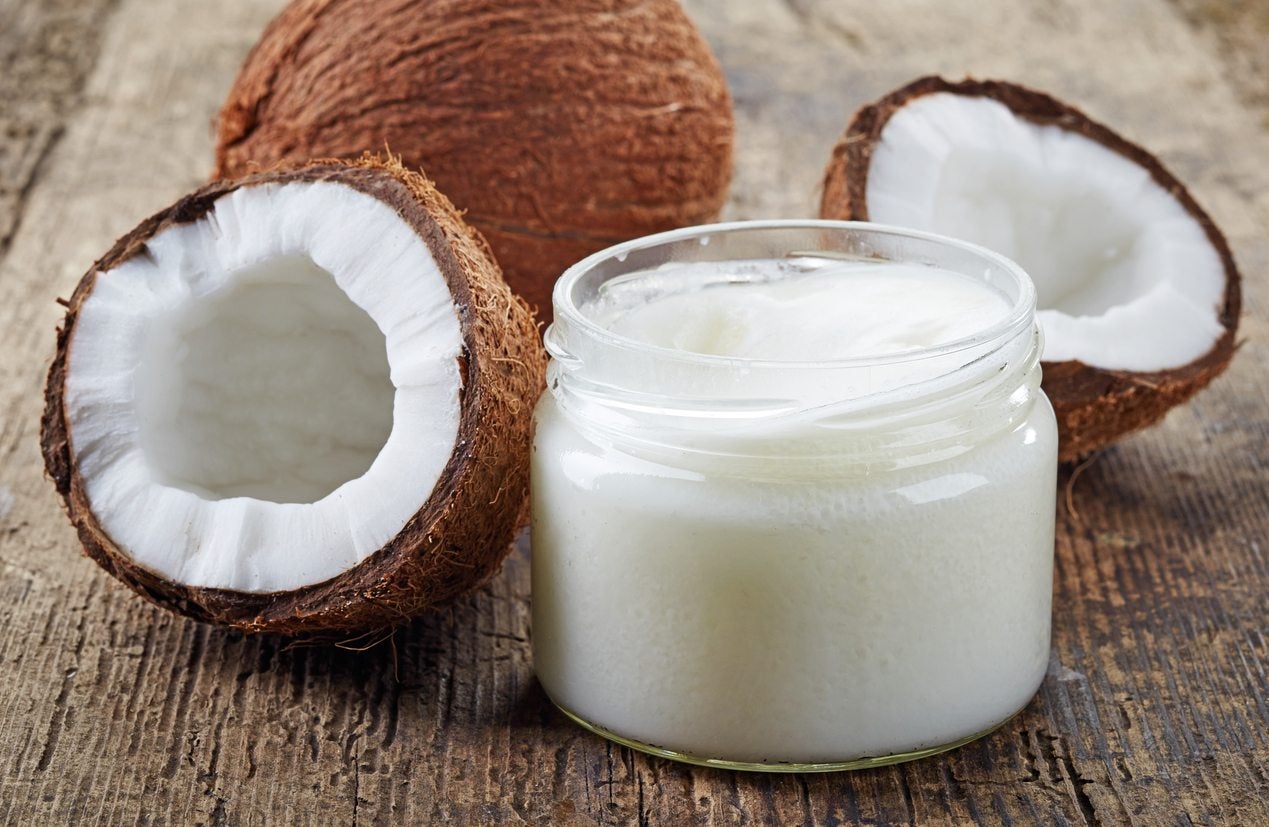 Coconut Oil Facts: Using Coconut Oil For Plants And More
Coconut Oil Facts: Using Coconut Oil For Plants And MoreYou can find coconut oil listed as an ingredient in many foods, cosmetics and other items. But what is coconut oil and how is it processed? There are virgin, hydrogenated and refined coconut oils with each being made a slightly different way. Learn more here.
By Bonnie L. Grant
-
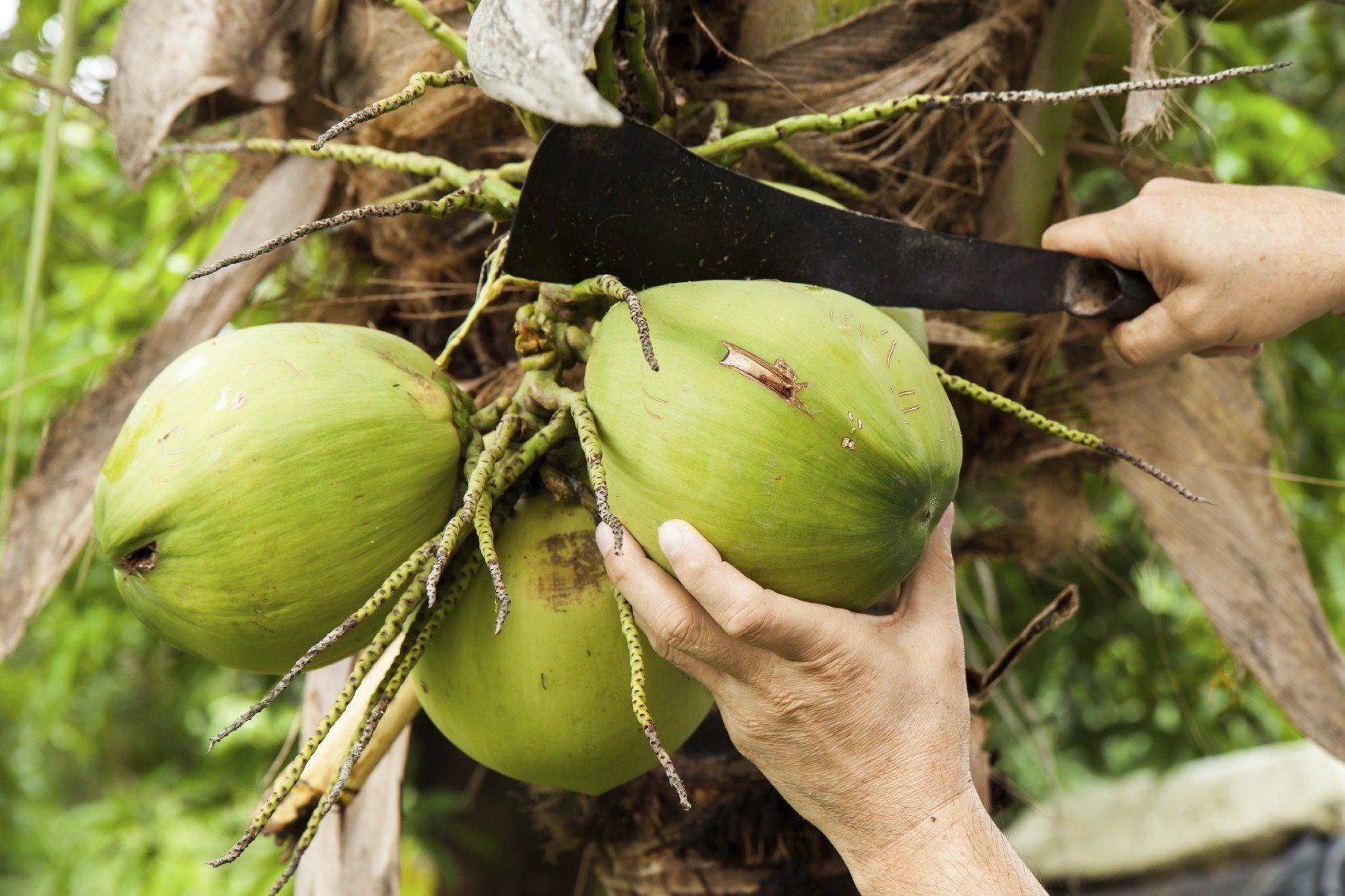 When Are Coconuts Ripe: Do Coconuts Ripen After They Are Picked
When Are Coconuts Ripe: Do Coconuts Ripen After They Are PickedIf you live in a suitably tropical region, you may be lucky enough to have a coconut in your landscape. The questions then arise, when are coconuts ripe and how to pick coconuts from trees? Click this article to find out all about harvesting coconuts.
By Amy Grant
-
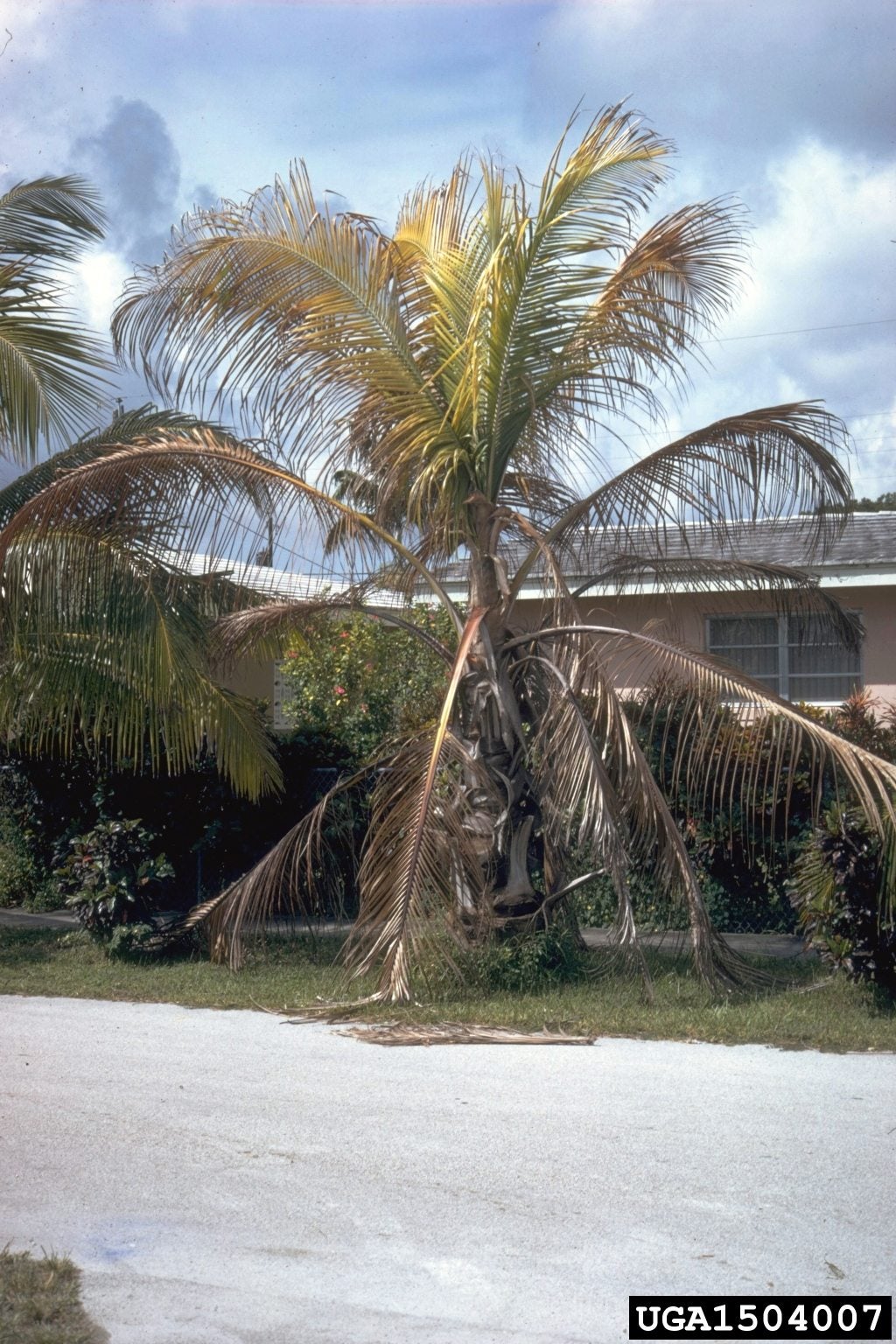 What Is Lethal Bole Rot: Learn About Lethal Bole Rot Disease
What Is Lethal Bole Rot: Learn About Lethal Bole Rot DiseaseWhat is lethal bole rot? Also known as basal stem rot or ganoderma wilt, lethal bole rot is an extremely destructive fungal disease that affects various palms, including coconut palm. Learn more about bole rot in coconut trees in this article.
By Mary H. Dyer
-
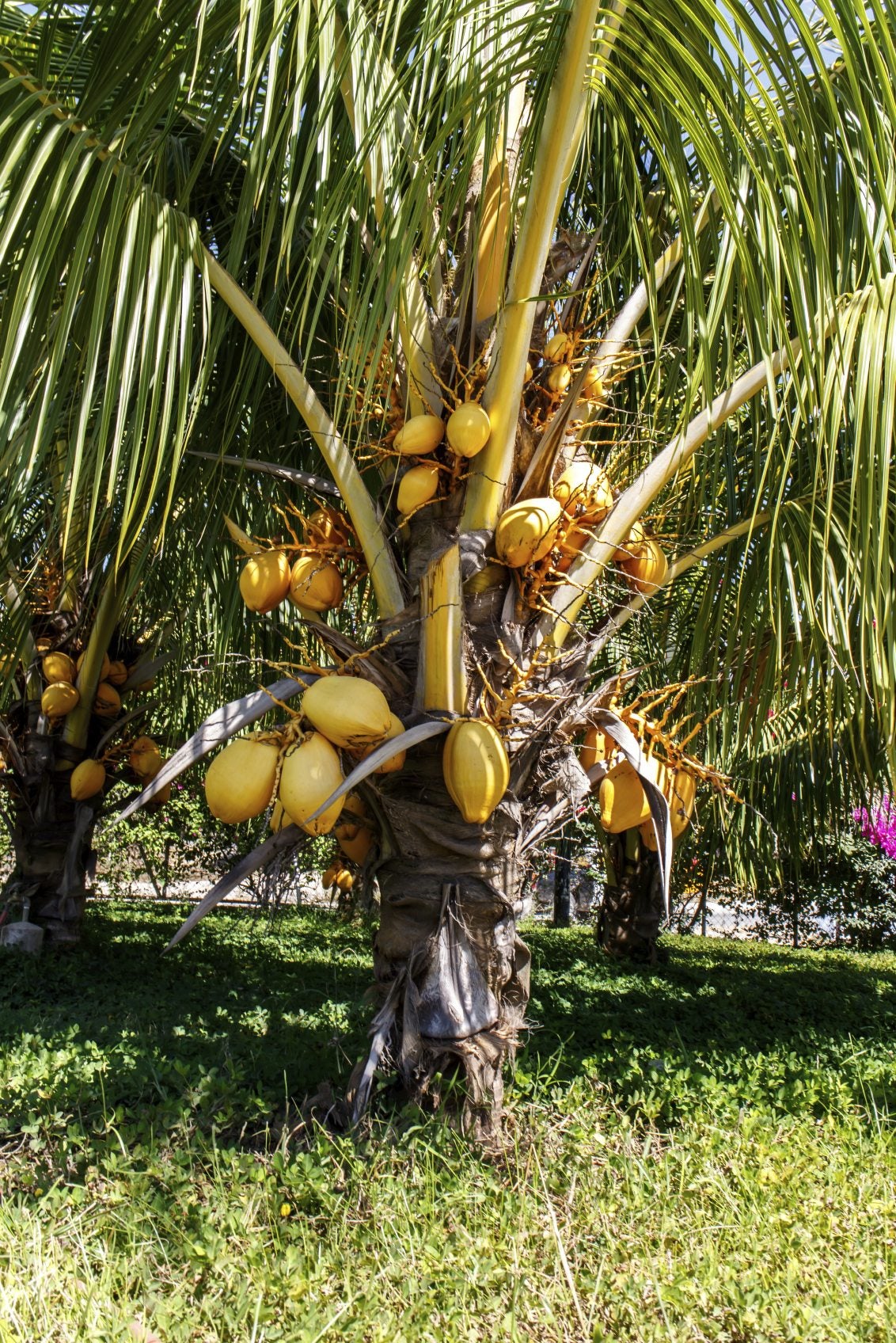 Fertilizing Coconut Palm Trees: How And When To Fertilize Coconut Palms
Fertilizing Coconut Palm Trees: How And When To Fertilize Coconut PalmsWith proper care, a coconut palm tree will produce an abundance of fruit for up to 80 years, so learning about fertilizing coconut palm trees is of paramount importance for the longevity of the tree. Explore how to fertilize coconut palm trees in this article.
By Amy Grant
-
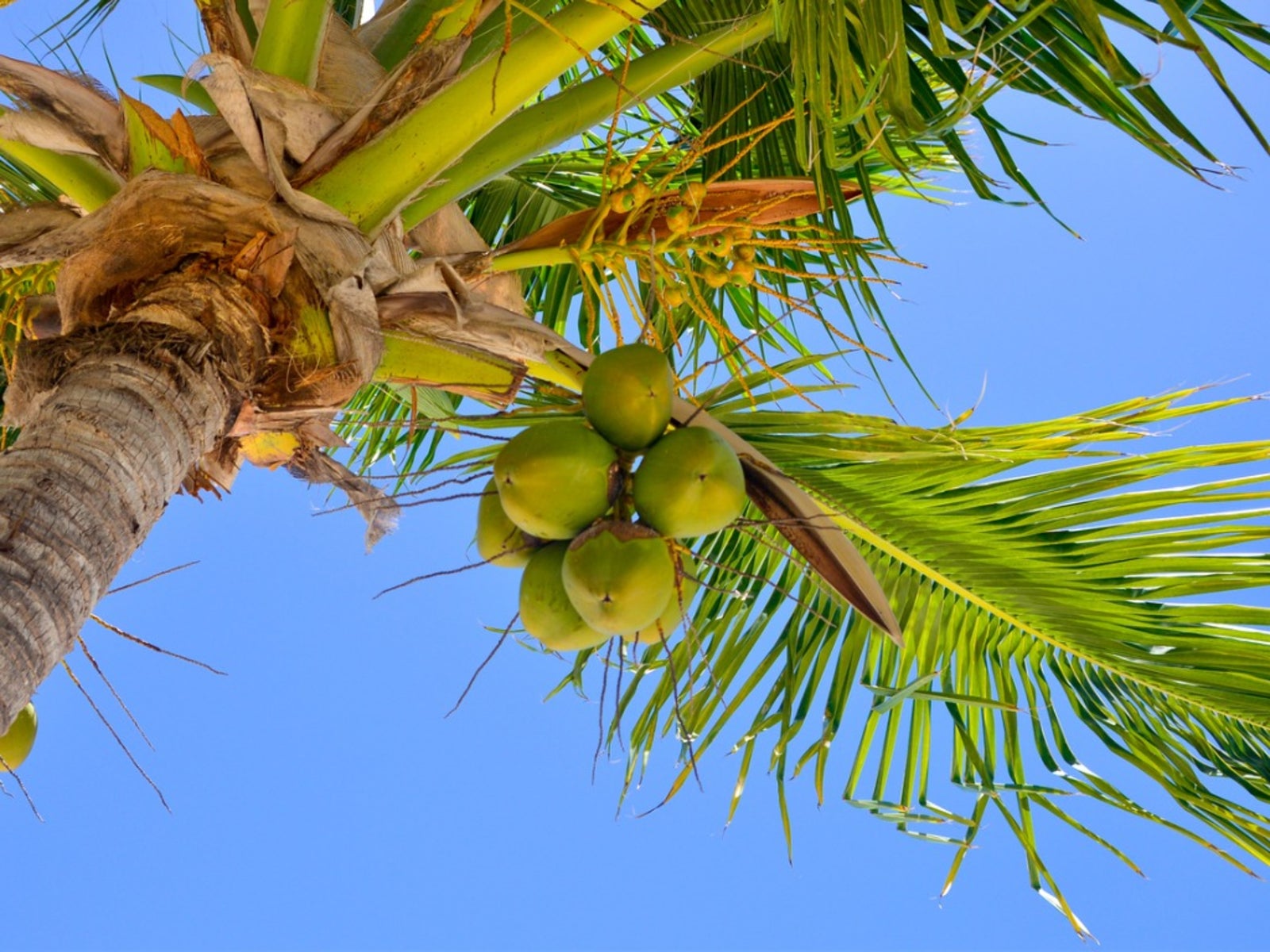 Coconut Tree Disease And Pests: Treatment Of Coconut Tree Issues
Coconut Tree Disease And Pests: Treatment Of Coconut Tree IssuesCoconut tree problems can interfere with healthy growth. Therefore, proper diagnosis and treatment of coconut tree issues is essential. Learn more in this article so you can grow healthy coconuts.
By Susan Patterson
-
 Coconut Tree: Complete Care And Growing Guide
Coconut Tree: Complete Care And Growing GuideLearn how to plant and grow a beautiful coconut tree if you live in a warm climate. If not, grow one in a container. Coconut palms bring the feel of the tropics into your space.
By Teo Spengler